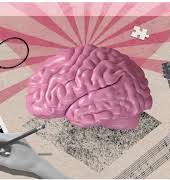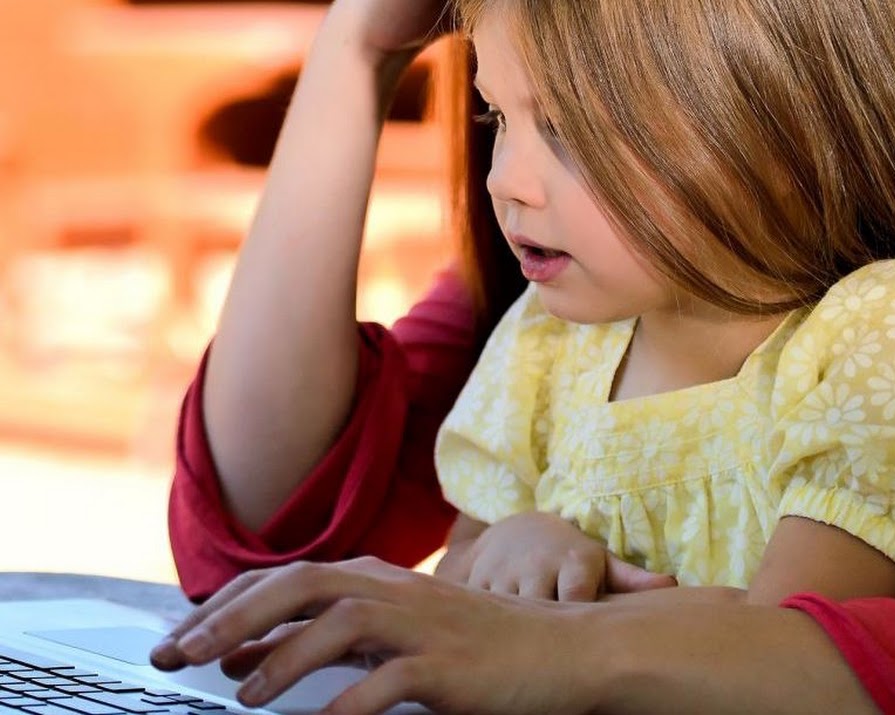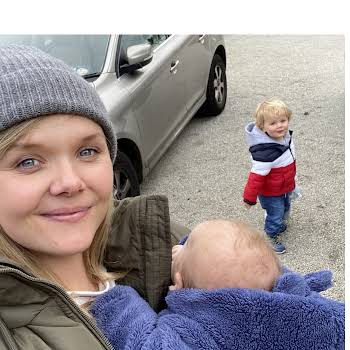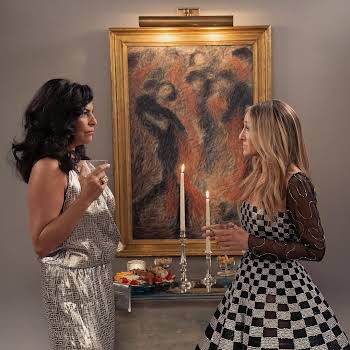
The YouTube effect: The hidden messages your child is absorbing online
dangers of YouTube - child on the computer PIXNIO-321110-1100x735
Platforms like YouTube have been designed to entertain, amuse and inform, but they’ve also raised some troubling questions about the unregulated and damaging content we are consuming all day, every day
All disruptive technologies come with consequences, and the internet is no exception.
Sometimes it powers the powerless, like in the Netflix series Diagnosis. Inspired by The New York Times Magazine column by Dr Lisa Sanders, it crowdsources potential solutions for hard-to-diagnose patients by creating videos detailing symptoms and helping them to go viral. Sometimes it has even led to a definitive diagnosis for the patient.
It’s a refreshing representation of how some platforms can strengthen community to benefit the most vulnerable. But other online platforms have emerged that are having the opposite effect.
Controversial humour?
Cork-born Doreen has a 14-year-old son. She says she was shocked when she decided to keep a closer eye on his online interactions with friends. “Their group messages were shockingly vulgar – they were degrading girls, joking about those with disabilities and sharing racist memes.
“I spoke to my son about why he was allowing himself to be part of this, and he said it was considered controversial humour and wasn’t hurting anyone.”
“My husband says it’s just a joke and that others would see it as offensive… I keep telling him that’s because it is…”
The more Doreen looked into it, the more she realised that these attitudes among young people were more common than she’d thought. She discovered much of it was coming from YouTube. “If you are constantly receiving and sharing videos of people kicking the hell out of each other, or pranks involving those with disabilities, it slowly starts to become normalised.
“We talk about those who are being radicalised online; well, this is a form of it, in plain sight.”
A free-speech experiment
So who is proliferating this violent content? Who is controlling its output? Should someone be?
No longer simply a neutral platform where users generate content, YouTube has evolved into a global free speech experiment, and we have unwittingly become its guinea pigs.
Radical ideology, anti-science theories, misogyny and right-wing extremism are being amplified and fed in huge doses to young people right under our noses. YouTube says that it does what it can to remove offensive content when flagged, but for every disturbing or extreme video removed, hundreds more appear.
We trust you, we just don’t trust the internet.
Triggered
Author and feminist activist Caitlin Moran received thousands of responses after her Tweet about this topic went viral last month. She posted, “My daughter’s school’s WhatsApp group was suddenly flooded with ‘ironic’ Pepe the Frog memes, which, within 24 hours, had segued into pictures of women wearing ball-gags and GIFs of kids with Down Syndrome. Even by the ‘nice’ kids.”
Others weighed in: “I had my mixed-race son show me a Holocaust joke that had been shared with him, and was told I was being ‘triggered’ when I told him why it was wrong. Naturally, a longer discussion ensued as to why racists like throwing around that term.”
“What’s really important is that parents know how to insert themselves into their young person’s online space, by being interested over intrusive.”
And it isn’t just young adults resorting to discriminatory language online. Many of those we spoke to admitted that their partner or friends had WhatsApp groups where only “the boys” were allowed. “My husband says it’s just a joke and that others would see it as offensive,” explained one woman. “I keep telling him that’s because it is.”
It’s no surprise that locker room mentality is alive and well in its new online space, but how do we go about protecting young people from growing up on this diet of disrespect and disinformation?
Explicit material extends further than porn
Joanna Fortune is a leading psychotherapist and author of 15 Minute Parenting (Gill Books). She believes parents are waking up to some of the misinformation that is being consumed all day, every day. “Media messages about masculinity have long since been a cause for concern.
“We tend to speak about the impact open and free availability of often violent pornography can have on the developing adolescent brain, but it is of growing importance to speak about broader material online and what can be more subtle and even subliminal messaging targeting particular groups, in particular young white men,” she explains.
“If your teenager uses platforms such as YouTube, TikTok, and multi-user online gaming, then they are exposed to content and messaging that at least contains elements if not explicit themes of violence, misogyny and discrimination. What’s really important is that parents know how to insert themselves into their young person’s online space, by being interested over intrusive.”
The unsafety net
Therapist David Kavanagh has treated an increasing number of Irish adults and young people for online addiction. He says that the underlying subliminal messages we receive online is most damaging for those exposed at a formative age.
“Young people are being allowed to consume extreme views without the mental capacity to understand what they are experiencing. It is usually imbalanced, biased and disturbing. Think about the messages they are absorbing, that are being normalised, and imagine how those views will manifest themselves in their own world. They take what they’ve heard as truth.
“Although they look like little adults, your 13 or 14-year-old’s brain capacity is still very limited. You are still dealing with a child that needs to be protected.”
“How can we expect our teens to open up to us, or know what they are absorbing, if we are too busy scrolling ourselves?”
Kavanagh says that ultimately it comes down to the value system you instil in your teen. “I get a lot of parents who want to give their son or daughter their own privacy and allow them unfettered access to the internet. I strongly disagree. Young people are always only three or four clicks away from abhorrent extremist views at any time. Their right to information shouldn’t trump your right to protect them.
“I see so many relationships breaking down because of the distractions of our open-ended online access. How can we expect our teens to open up to us, or know what they are absorbing, if we are too busy scrolling ourselves?”
Joanna Fortune agrees that communication is key: “There are many voices and messages targeting your teenagers seeking to sway and influence their thinking and beliefs and ultimately actions. It is incumbent upon us to ensure that it is our voice that our young people default to, and this starts with ensuring we keep communication open throughout the teenage years.”
Navigating new territory
Want to ensure your teen doesn’t fall into online traps? Here are a few ways you can control the influence of online platforms…
Express interest in the platforms you know someone is spending a lot of time on; ask to sit in on a game as an observer, just listening and watching.
Sit with them and view some posts by their favourite YouTubers; ask them to teach you how to play the game they like most.
“Discussion does not mean argument…”
Become aware of what message your son or daughter is being exposed to and reflect on how that makes you feel.
Do not be afraid to challenge themes you see or overhear. Try to engage in meaningful discussion or debate on these. Discussion does not mean argument.
Focus on building empathy by wondering how someone might feel if they heard someone say such a thing or saw this meme or text.
This article was originally published in the October edition of IMAGE Magazine.
Photo: Pixnio
Read more: Is it time to finally break up with our digital selves?
Read more: ‘We can do more’: Instagram rolls out new anti-bullying features
Read more: The rise of Internet rage: Why trolls need to stop hiding behind ‘just my opinion’ excuses























